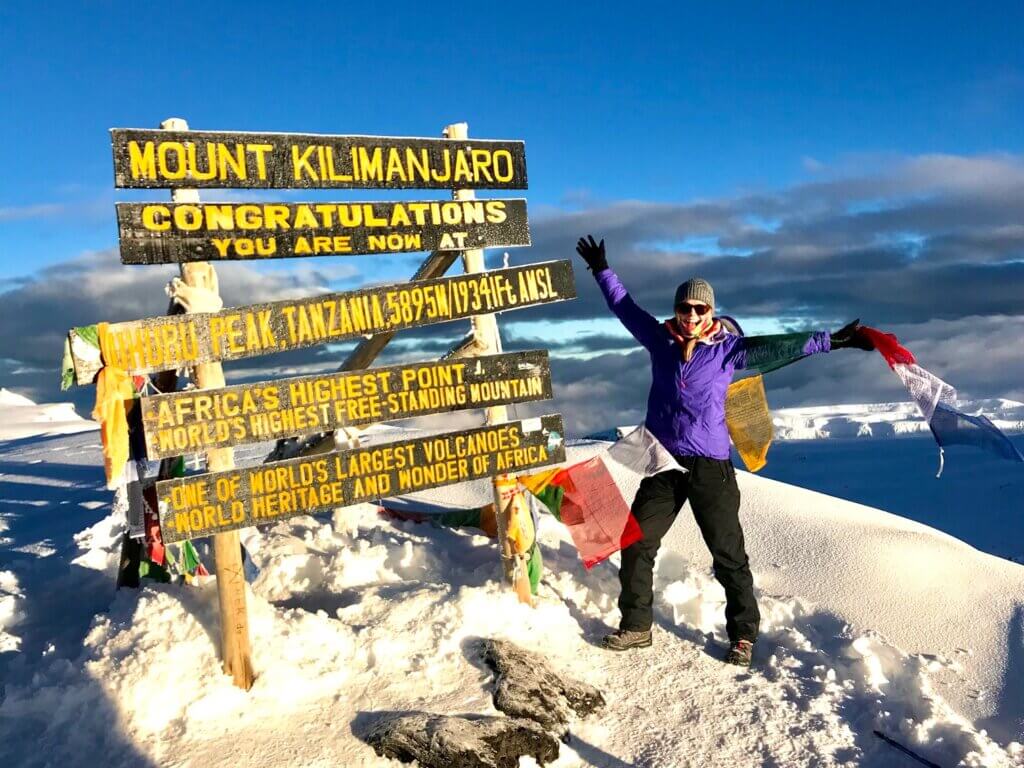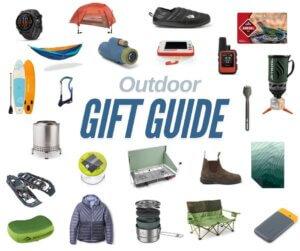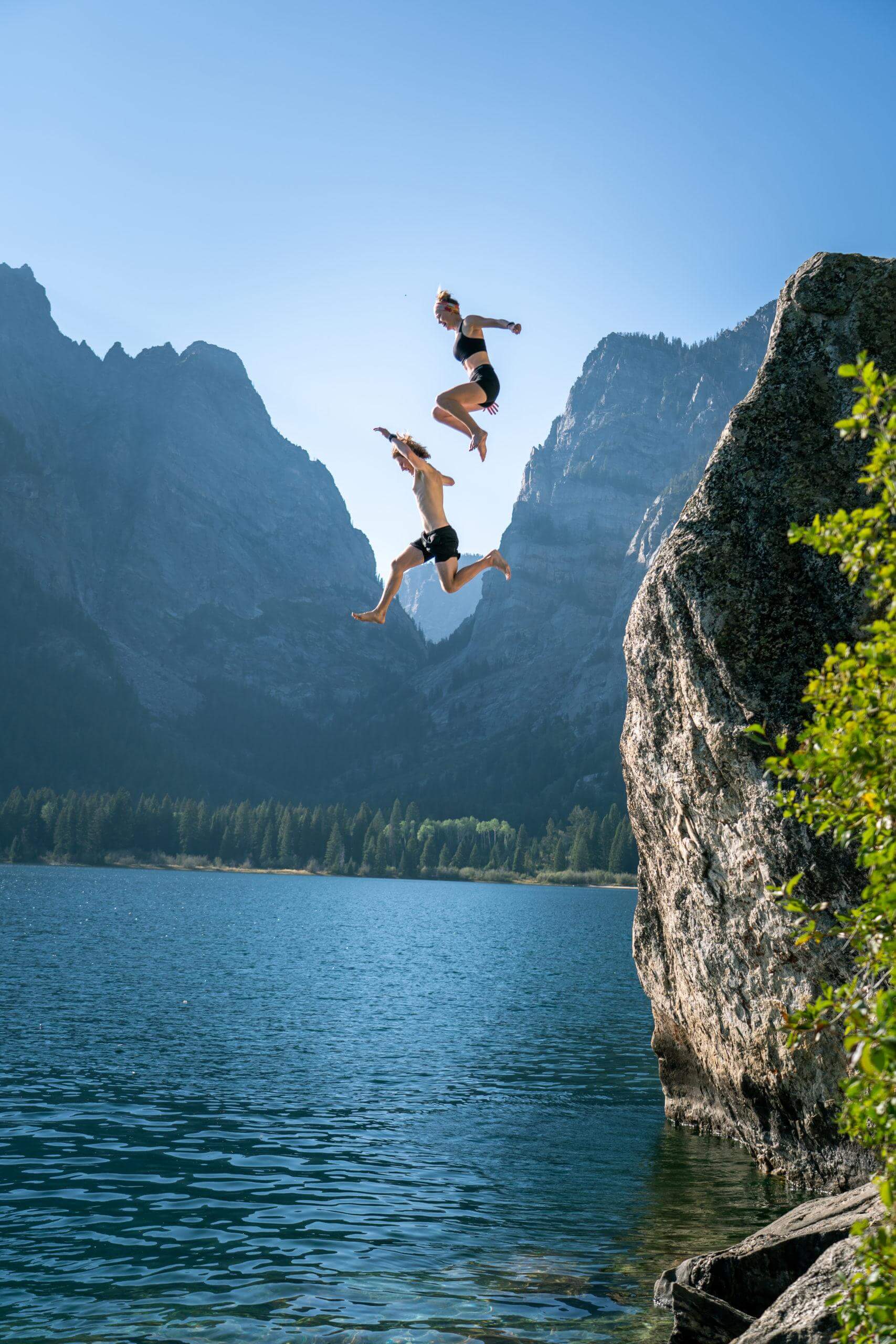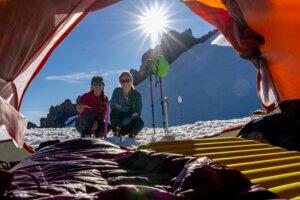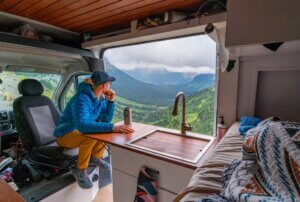Climbing Mt. Kilimanjaro is one of my most prominent memories to date. There is something about standing on top of the highest freestanding mountain in the world that makes you feel ALIVE, FREE, and utterly UNSTOPPABLE! Mt Kilimanjaro inspired me so much so that I decided to start leading trips up the mountain. I Have stood on top of Mt. Kilimanjaro 3 times now, and it literally never gets told!
I have yet to find a good comprehensive resource online that breaks down everything you need to know to climb Kili, therefore I decided to create this guide, which will (hopefully) answer all your burning questions and help you take the leap into BOOKING THAT TRIP!
Contents
About Mt. Kilimanjaro
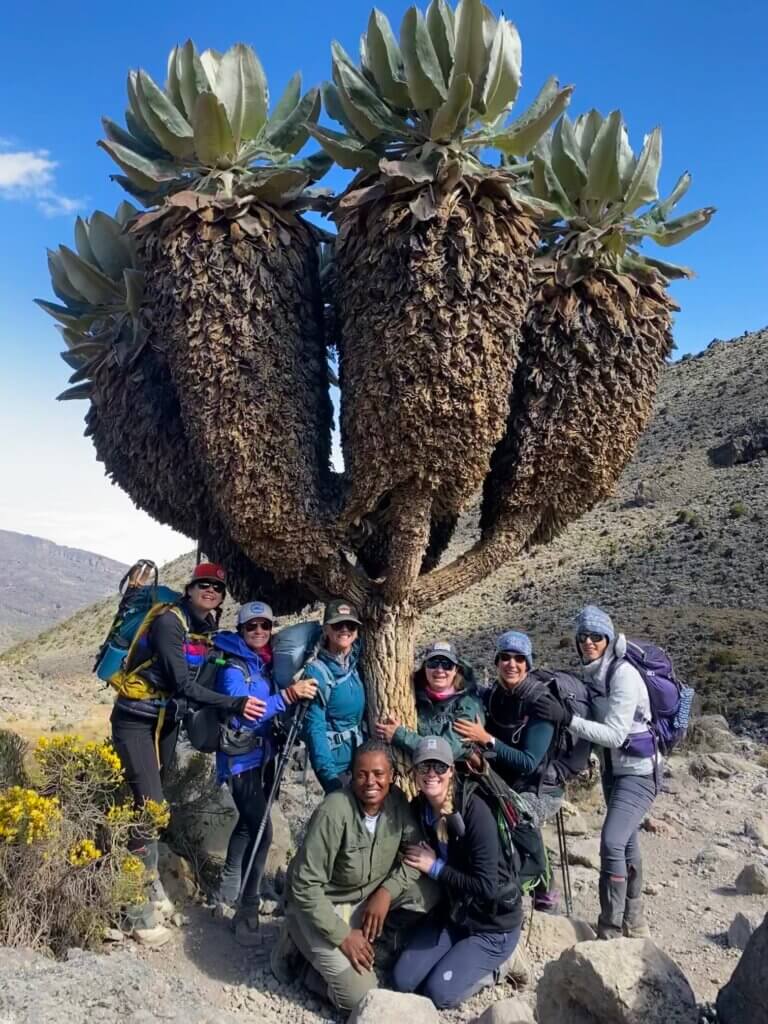
Kilimanjaro Quick Facts
- Kilimanjaro sits at 19,341 ft, and is located in Moshi, Tanzania
- It is one of the seven summits of the world and the tallest mountain in Africa
- Kili is the highest FREESTANDING mountain in the world
- Kilimanjaro has 3 volcanic zones; Mawenzi, Shira, and Kibo. Mawenzi and Shira are extinct, but Kibo (the tallest point on the mountain) is dormant and could erupt again!
- There are FIVE major ecologic zones on the mountain; cultivated land, rain forest, heath, moorland, alpine desert and an arctic summit
- The youngest person recorded that has climbed Kilimanjaro is 7 years old, while the oldest is 85 years young
- Kilimanjaro is Tanzania’s main source of economy. You must book your climb with a registered guide in order to climb her; you cannot self-guide the mountain
Who Should Climb Mt. Kilimanjaro
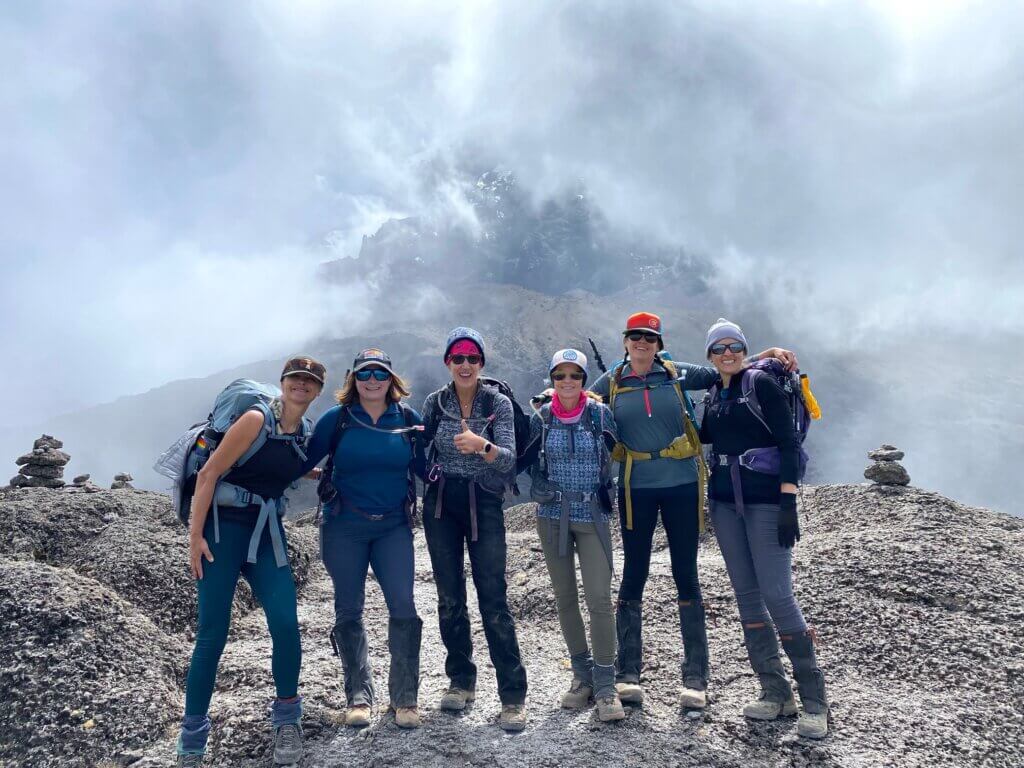
The short answer is… YOU; you should climb Kili! Mt. Kilimanjaro is a non-technical mountain, meaning you can simply HIKE to the summit! If you are an avid hiker and willing to train before your trip, then you are the perfect candidate to climb the mountain!
The crux of the entire trip is dealing with the high altitude. At 19,341 ft high, the oxygen in the air is so thin, and sometimes your body has a bad reaction to that. It is so important to book a trip with enough days built in for your body to acclimate to the high altitude. Altitude sickness can be deadly and should not be taken lightly.
When is the Best Time to Climb Kilimanjaro
One of the best parts about Kilimanjaro is that it sits right on the equator, making the temperature fluctuations mild at best. The mountain is technically open all year, but it is smart to book during the dry season in order to have the best weather/experience.
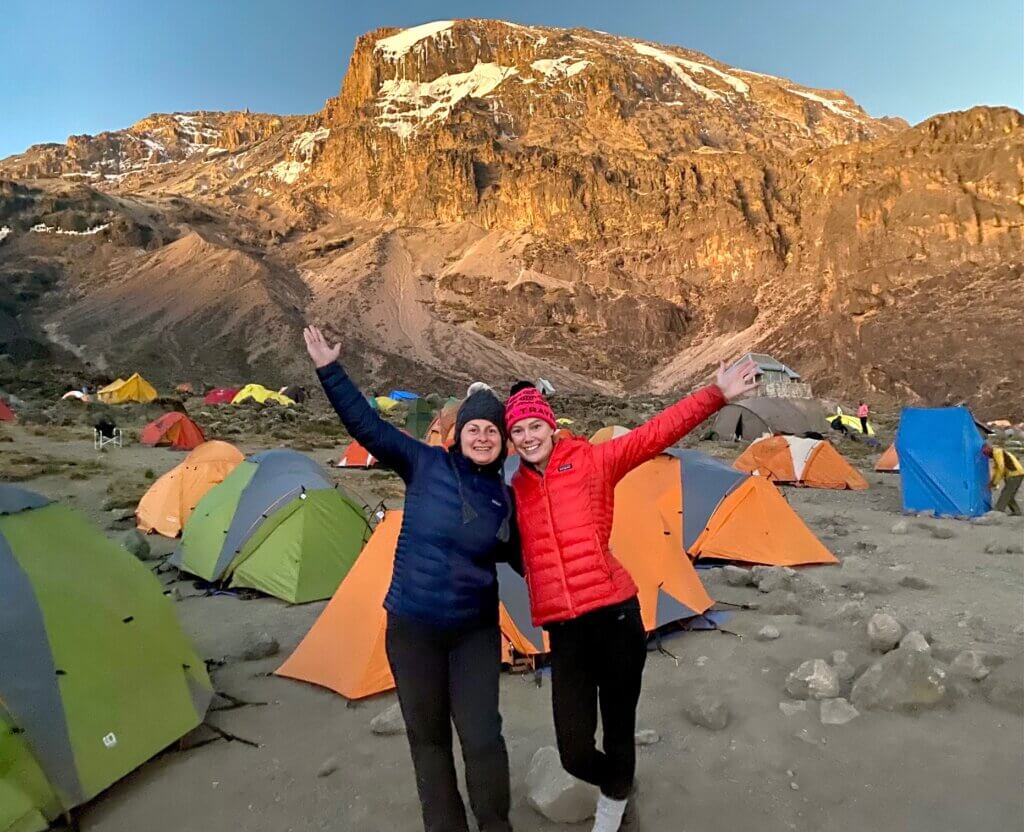
December-March
I like to call this the “secret season”! Most people do not realize that December-March is the PERFECT time to climb Kilimanjaro. Therefore, booking your climb during this time, you typically experience less crowds on the trails.
June-September
Ah the cliché “high” season. June-September also brings optimal weather and is subsequently the most popular months for climbing.
How to Choose Which Route to Climb
There are seven established routes that lead to the summit of Mt. Kilimanjaro. For the sake of ease, I am only going to mention the 2 easiest (and most traveled) routes.

Marangu Route
This route is classified as the easiest and “comfiest” of all the routes. The terrain is consistent, and the gradient is mild. This is also the only route that offers huts to sleep in. If you are not keen with sleeping in a tent, then I would say choose this route. Otherwise, it is absolutely no where near as scenic as Machame Route.
Machame Route
THE BEST ROUTE (in my opinion). Machame is still a beginner friendly route, only classified as slightly more difficult than Marangu. The route winds you through the 5 different ecological zones that Kilimanjaro has to offer. It is easily the most scenic route, as each day has something different to offer. I would highly suggest doing the Machame route to get the full Kilimanjaro experience!
How Many Days Does it Take
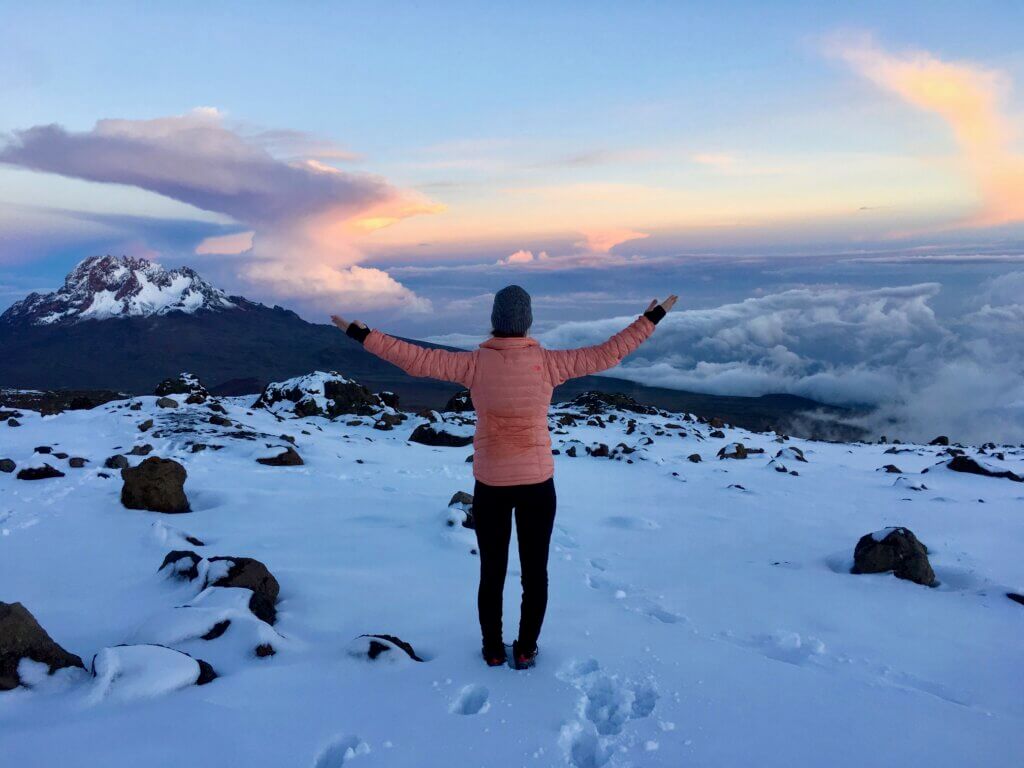
It is usually up to you to decide how many days you take to ascend the mountain. Most guiding companies will offer anywhere from 6-9 days depending on the route and conditions. The sweet spot for good acclimation is a 7-day trip. This allows your body to properly acclimate to the high altitude safely. Taking longer than 7 days would be fine as well! I would not personally suggest doing it in less than 7.
Which Guiding Company Should You Choose
The MAIN thing you need to look for when choosing a company is that they are KPAP certified. KPAP stands for the Kilimanjaro Porters Assistance Program. This program was established in 2003 and its mission is to improve the working conditions for the porters on Mt. Kilimanjaro.
(What is a porter?)- Porters are the local men/women who carry your bags from camp to camp as well as set up tents/cook/clean and do all of the other logistical things in order for you to climb the mountain.
Some of the things that KPAP does is advocate for fair wages and treatment of the porters from their company, assure that the porters are properly outfitted to porter the mountain, and limit the amount of weight that one porter can carry at a time. This is so important, and if you don’t take anything else away from this guide then I hope THIS stays with you!
There are TONS of guiding companies to choose from, with each offering a variety of pricing. It is so easy to look at some of the cheaper companies and opt to go with one of them, as it seems they offer the same experience for less. BUT what you do not see is the conditions that the porters in the cheaper company’s experience. Please choose a KPAP certified company.
Recommendation
I am happy to recommend the company Trek2Kili! They are FANTASTIC! I have nothing but good things to say about the company as a whole, and each individual that works for them.
The company that I personally work for is called WHOA Travel (Women High on Adventure). It is a women led-women powered company that brings women together from around the world to go experience these epic adventures together! If you are a female (or identify as female) then I would suggest booking a trip with us!
Traveling to Mt. Kilimanjaro
Kilimanjaro is located in Moshi, Tanzania, which is on the eastern coast of Africa. The most direct approach to get to the mountain is to fly into Kilimanjaro International Airport (JRO). It is normally a bit of an adventure to get there with long layovers and weird time changes, but that’s all part of the fun!
Can You Rent Gear for Kilimanjaro
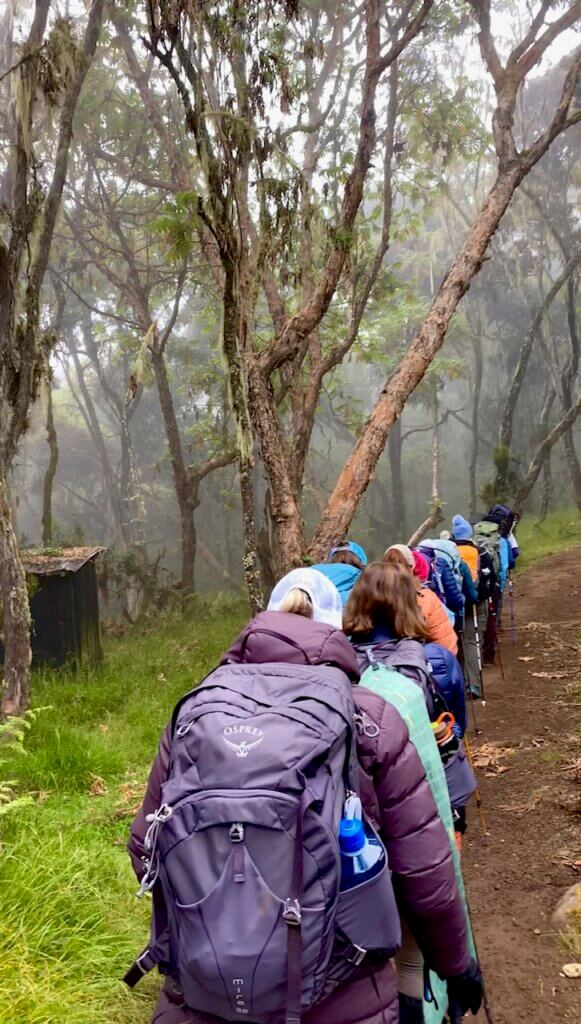
The short answer is yes; there are a few gear rental companies around Moshi where you can rent used gear. BUT I would not suggest relying on this if possible! The rental gear is not always the best quality gear and if you are renting something important like a sleeping bag, then you will want to be SURE it is a nice one that will keep you warm at night.
With that being said, check out our Kilimanjaro Gear Guide for our recommendations on what to bring!
Tips for a Successful Kilimanjaro Climb!
- Pole, Pole! In Swahili this means “slowly, slowly”. Keep the pace slow and steady and give your body plenty of rest.
- HYDRATE! My personal rule of thumb is to drink 4 liters of water per day! This is the #1 way to ward off altitude sickness
- Train at altitude if possible. The best way to train is to expose your body to high altitude; this will allow you to start acclimating before you even hit the mountain
- Bring snacks. Snacks will be your best friend. Sometimes you won’t always have an appetite for what they are serving and eating enough calories to fuel your body is important in your success.
- Talk with your doctor about taking Diamox. Diamox is a drug that can help prevent the symptoms of altitude sickness.
- It is COLD at night. Do not skimp on warm gear!
- Any down time you have should be spent napping and/or relaxing. Your body will need all the rest that you can give it
Celebrate with Pizza and Beer Post Climb!
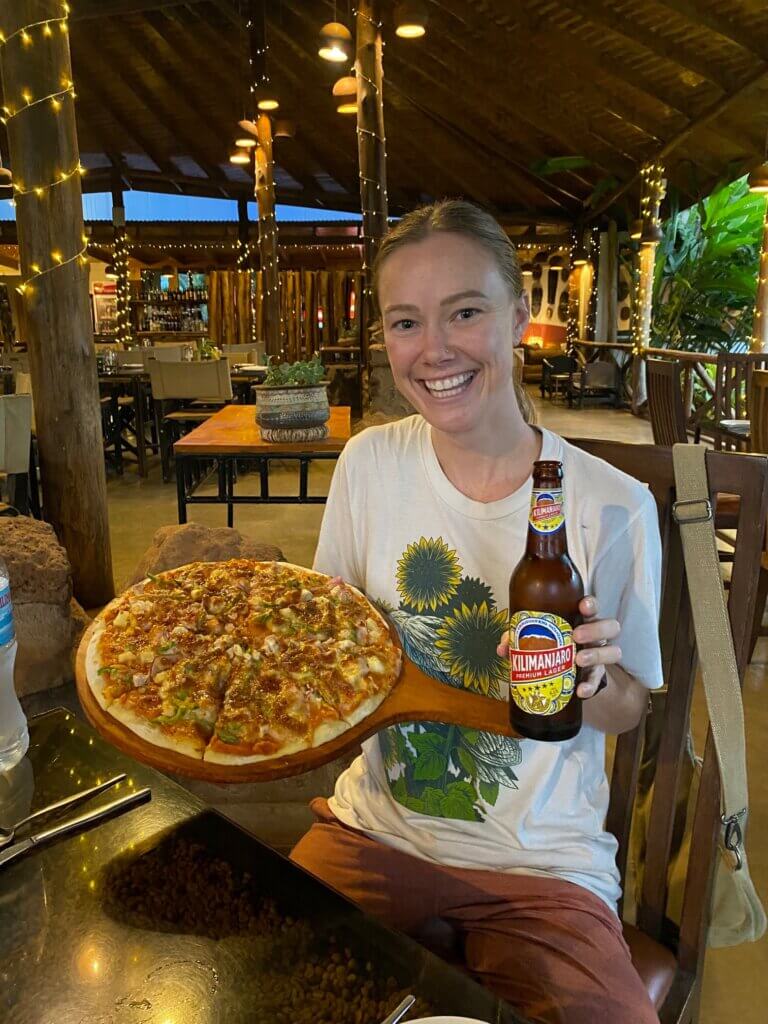
Happy Climbing!
